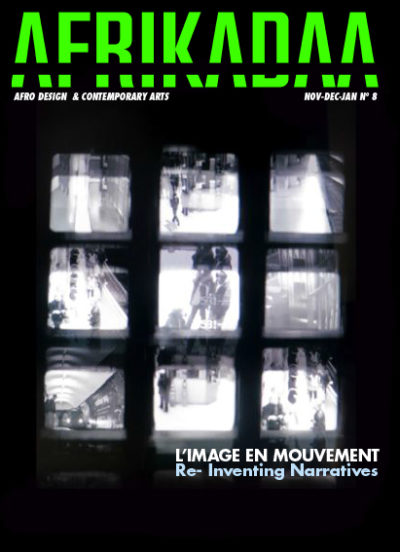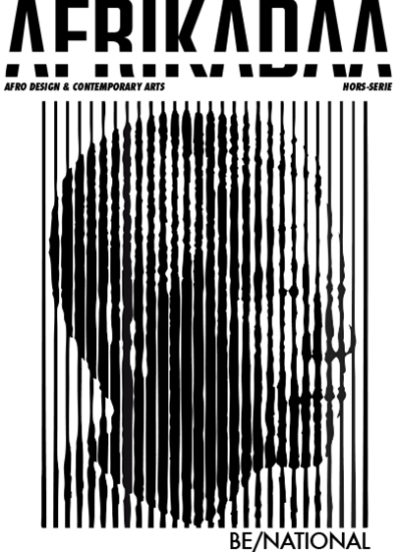Aujourd’hui, de nombreux artistes contemporains des Suds (re)prennent des motifs anthropologiques. Soit qu’ils détournent les clichés de leur destination primitive, soit qu’ils calquent ironiquement leur démarche sur celles de ces savants d’un autre temps, soit qu’ils recourent, dans leur travail, à des procédés de type anthropologique. De multiples façons, la référence à l’anthropologie est aujourd’hui récurrente.
Cet « anthropologisme » et ses nouveaux enjeux signent-ils la mort de l’anthropologie ? Un renouveau ? Quel(s) usage(s) faire des archives photographiques? L’anthropologisme est-il la marque d’une décolonisation ? Comment artistes et chercheurs se démarquent-ils des connaissances profondément marquées par une idéologie coloniale et raciale ? Qu’en font-ils ? Comment, dans le recyclage des
images anciennes, l’art assume-t-il une fonction sociale critique ? Ces quelques questions soulignent que le rapport art/anthropologie est un foyer d’interrogations critiques.
Dans le même temps, et parallèlement, des anthropologues – et, en particulier, ceux que l’on appelait les « africanistes » – se sont saisis de l’art contemporain africain. Celui-ci est-il une suite logique des arts premiers auxquels l’anthropologie du XXe siècle a porté attention ? Ce phénomène est-il uniquement français ? Que signifie-t-il ? Plus largement, quel est le sens, également des expositions comme « L’invention du sauvage » ou « Exhibit B ». Peut-on les dissocier de la résurgence, très différenciée, des clichés du passé ?
Les « anthropologismes » paraissent caractéristiques du début du XXIe siècle que l’on se tourne du côté de la rencontre de l’art avec l’anthropologie (surtout lorsque les démarches artistiques se veulent aussi recherches théoriques), ou de celle de l’anthropologie avec l’art. A quelles hybridations donnent-elles lieu ?
 ENGLISH VERSION
ENGLISH VERSION
Today, many contemporary artists from the Southern worlds work with the (re) appropriation of anthropological patterns. They do so by subverting the clichés to divert them from their “primitive” destinations, using mimicry as a critique of the approach devised by those scientists from another
time, or by using anthropological processes as material in their work. In many ways, the reference to anthropology is today, a recurring practice.
Are this “anthropologism” and the stakes at play here, signing the death of anthropology ? A revival ? What use can be made of photographic archives ? Is anthropologism the mark of decolonization ? How do artists and scientists distinguish themselves from a system of knowledge deeply inscribed with a colonial and racial ideology ? What do they make of this heritage? How in the recycling of images from the past, does art assumes a role in social commentary ?
These questions highlight that the art / anthropology connection is a source of critical interrogations Simultaneously to these developments, anthropologists in general – and the so-called “Africanists” in particular – have taken hold of contemporary African art. Is this a logical continuation, from the primitive arts on which anthropology focused its attention on during the twentieth century ? Is this phenomenon limited to France ? What are its implications ? More broadly, what is the meaning of shows like “The invention of the Savage” or “Exhibit B” ? Can we separate these actions from the revival of old clichés ?
The “anthropologisms” seem characteristic of the early twenty-!rst century, and this is true whether we look at the encounters generated from art to anthropology (most notably, with artistic approaches also making claims to be theoretical research), or from anthropology to art. Which hybridizations do these encounters give place to ?
par Seloua Lustre Boulbina
Contributeurs : Seloua Luste Boulbina, Mukwae Wabei Siyolwe, Alicia Knock, Camille Moulonguet, Fabiana Bruna Souza, Frieda Ekotto, Myriam Dao, Pascal Kenfack, Rémi Astruc, Roger Sansi et Stéphane Malysse, Cynthia Phibel, Olivier Timma, Emmanuel Rivière et Myriam-odile Blin, Emmanuel Rivière et Myriam-odile Blin, Jean-claude Moineau, Sally Price, Martin Aguissa, Martine Bouchier et Myriam Dao, Eva Barois De Caevel et Julien Creuzet, Thierry Oussou, Oussama Tabti, Mustapha Sedjal, Dagara Dakin, Yang Seung Woo, Frédéric Nauczyciel, Joana Choumali, Omar Victor Diop, Mar-antoine Durand, Jean-marc Bullet, Francine Mabondo, Julia Morandeira Arrizabalaga, Pascale Obolo, Mukwae Wabei Siyolwe, Daniel Bernard Roumain.





Avis
Il n’y a pas encore d’avis.